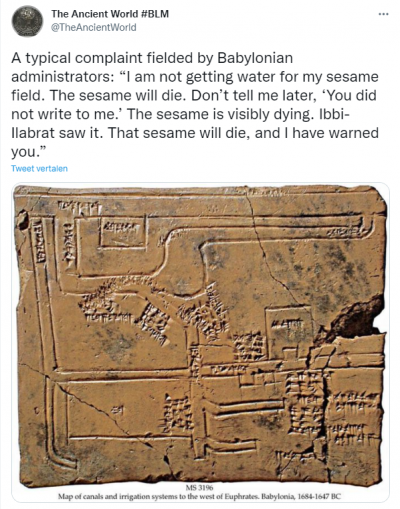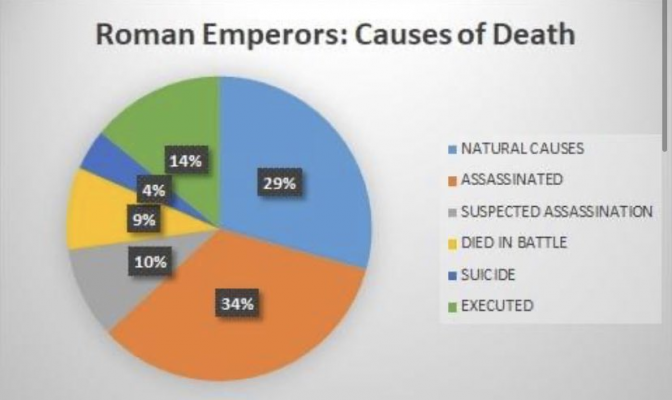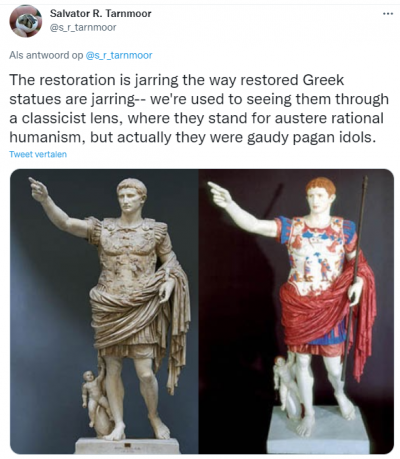The mysterious disappearance of the world's longest shrubbery
The natural living barrier was described as "utterly impassable to man or beast", and snaked across India from the Indus River to the Mahanadi. But why doesn't anyone remember it?
In a second-hand bookstore in London, in late 1994, author Roy Moxham made a discovery that would consume the next three years of his life. Wedged in the footnotes of a colonial-era book published in 1893 that he had just purchased, was a fascinating, long-forgotten piece of Indian history.
In the book
Rambles and Recollections of an Indian official by Major General WH Sleeman, in a chapter called
Transit Duties in India – Mode of Collecting Them, was a startling reference to a "customs hedge" – a natural barrier that the book described as becoming "gradually a monstrous system to which it would be almost impossible to find a parallel in any tolerably civilised country".
The details about the hedge itself were sparse, but whatever was documented was enough to deeply puzzle Moxham, who had by then made five journeys to India without ever hearing about the hedge. The hedge was allegedly built over a customs line, which the book mentioned was established in 1869 and expanded to stretch across the length of India, covering an estimated 2,300 miles (3,701km) – the distance from London to Istanbul (then Constantinople). It was guarded by 12,000 British officers, at an annual cost of 1,620,000 rupees (£162,000 or $220,716, based on the exchange rate today).
The hedge was constructed entirely from an impenetrable thicket of thorny native shrubs, designed to prevent smugglers from sneaking in salt from coastal areas to British-controlled states, where it was taxed heavily. "People seldom realise how critical salt is to health," says Moxham. "And yet, it seems inconceivable to me how this incredibly painful part of history, the immense abuse people endured at this time, could be so utterly forgotten."
https://www.bbc.com/future/article/20210824-how-the-worlds-longest-shrubbery-vanished-without-trace




